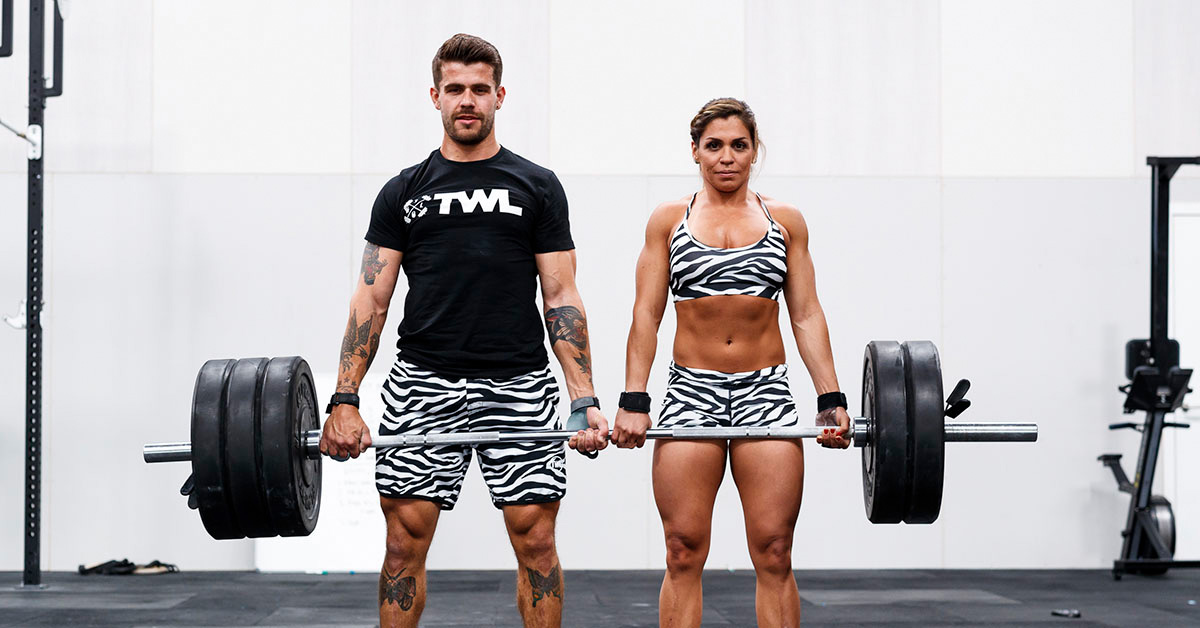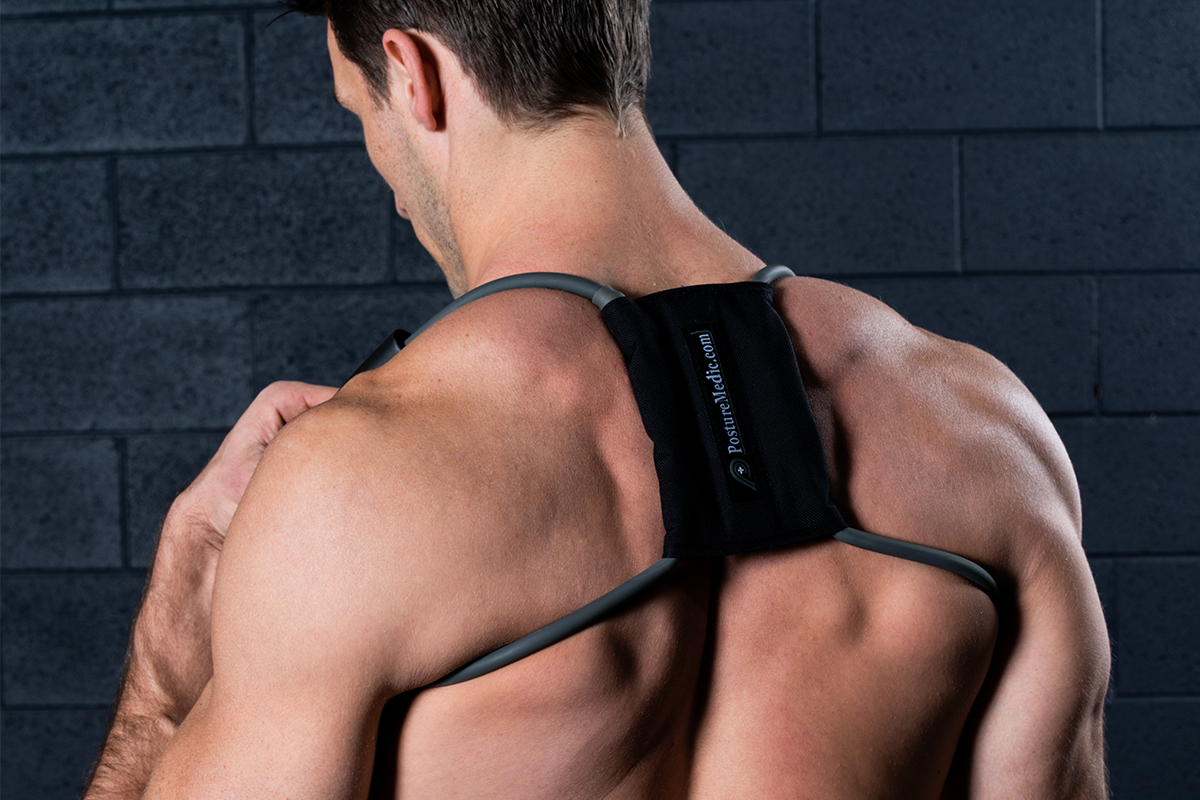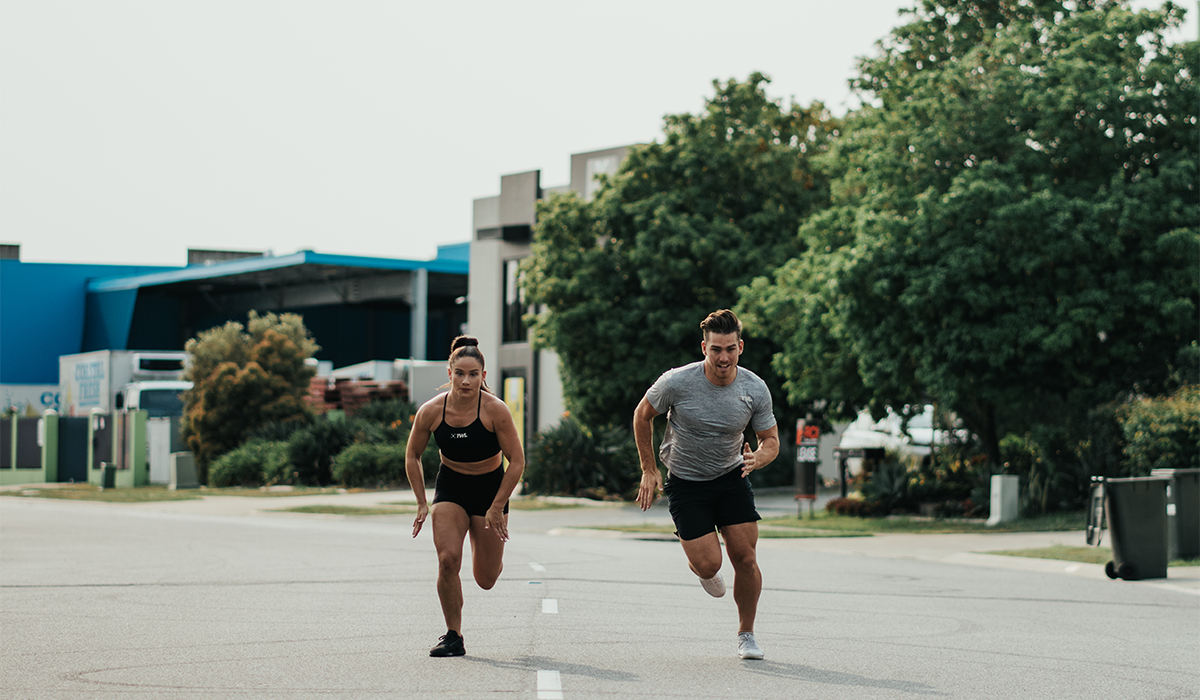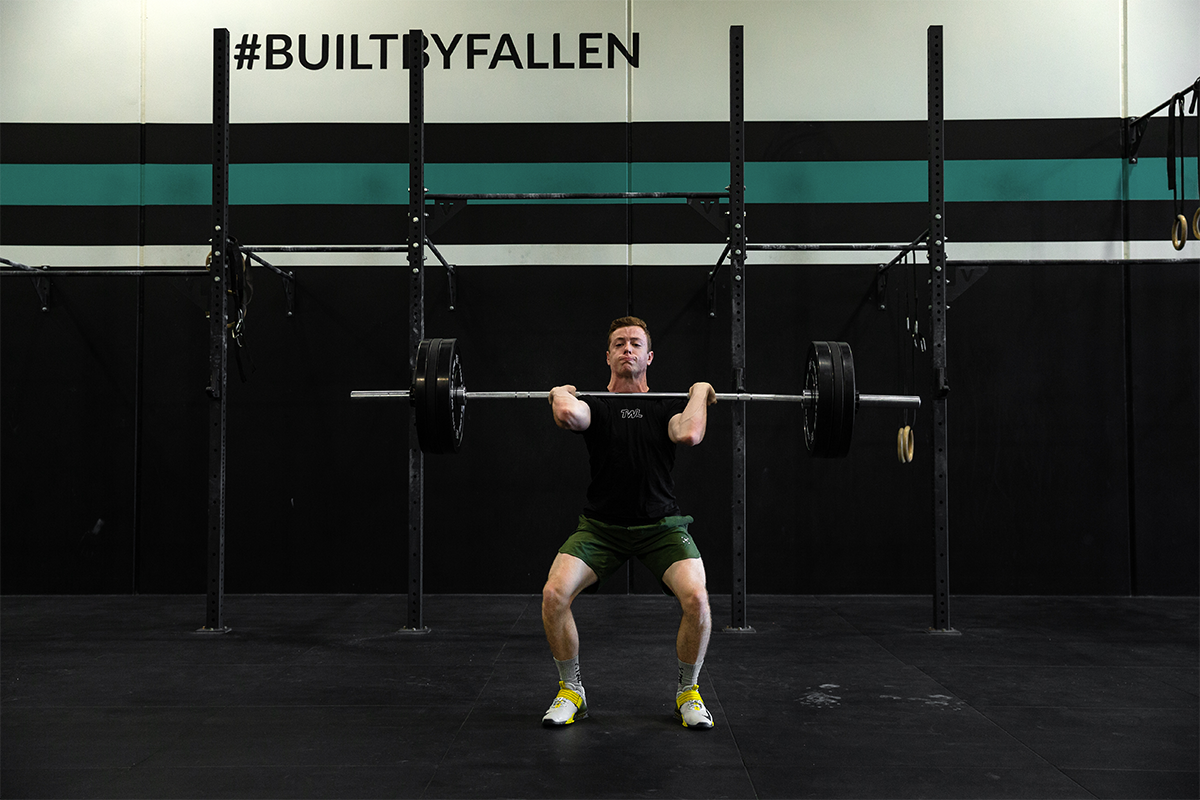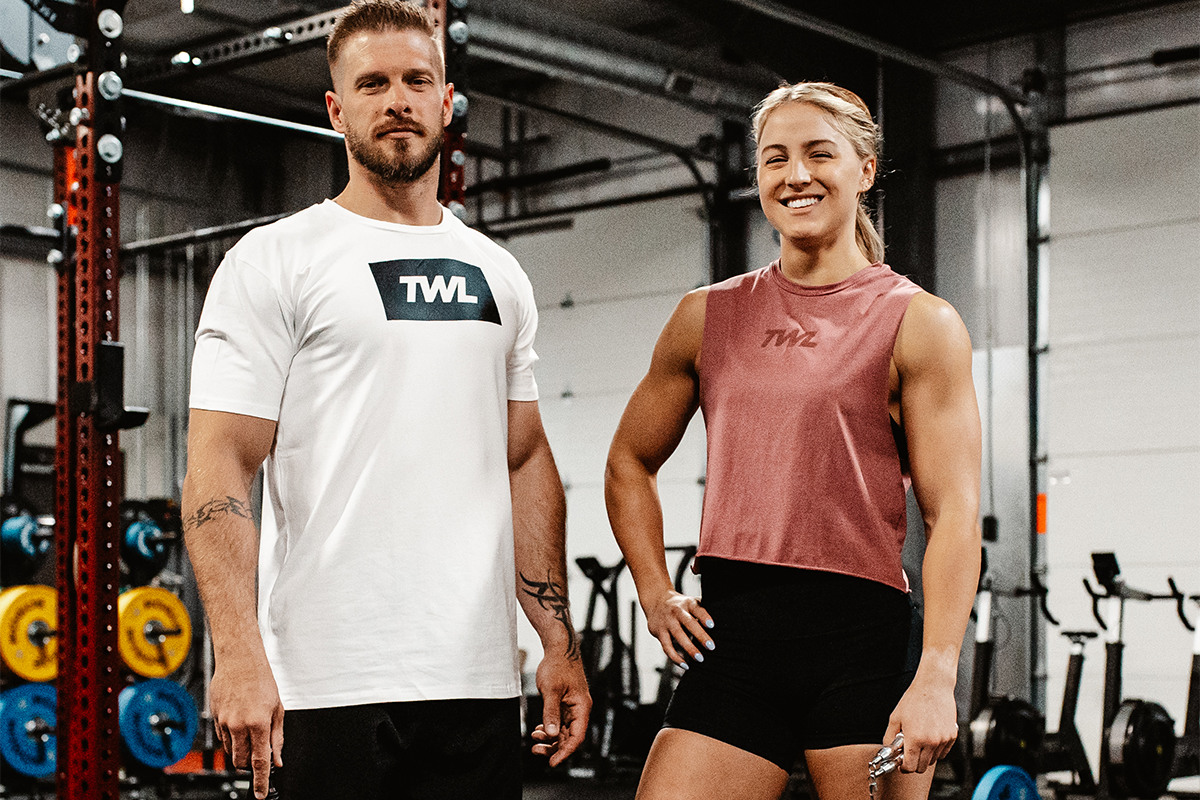Weightlifting shoes. What are they and why do they keep showing up my significant other’s Christmas list? Weightlifting shoes are those fancy kicks you see people pull out of their bags whenever heavy squats or Olympic lifting is on the menu at the gym. Yes, the ones with the heels on them. Let’s talk about why weightlifting shoes cost what they do and whether they’re worth the investment. By the end of this blog, you might find that these shoes are the perfect fit for you. (I apologize for that joke.)
Why Are Weightlifting Shoes So Expensive?
The first thing you notice when looking into a new pair of weightlifting shoes may not be the molded heel or fancy straps over the laces but the price tag. Yes, weightlifting shoes tend to cost a bit more than your normal cross-training shoe. There are a few reasons for this.
First, weightlifting shoes tend to be built with higher quality materials. The whole point of the shoe is to provide stability – hard to do if half the shoe is covered in mesh. The shoes are usually constructed with some form of leather or synthetic leather to create a more stable and durable shoe. You’re paying for a higher quality product, plain and simple.
This also means you won’t have to replace them as often. Weightlifting shoes can last for several years and can, in fact, start to feel better as you break them in and they start to mold to your foot.
https://www.instagram.com/p/B4p_gIxnjQK/
Another reason the cost is slightly higher than your normal day-in and day-out gym shoe is that it serves a specific purpose. It’s a specialist. Just like if you bring in a specialist coach or a specialist interior designer, a steeper price tag tends to follow. That doesn’t mean your money is misspent. My interior designer worked wonders with my house – and by house, I mean apartment, and by interior designer, I mean my mom. But you get the point.
The market is smaller, the shoe is more durable, and it serves a special purpose. All of these things add up to that higher price point.
Are Weightlifting Shoes Worth the Cost?
The short answer: yes. There’s a reason why the best lifters in the world all wear weightlifting shoes while competing at the highest level (unless of course you’re Toshiki Yamamoto and snatch 163kg/359lbs in metcons).
The chief reason among them is the added stability and power transfer they provide. We talked about this briefly before, but typically, weightlifting shoes are made with higher quality, more durable material. This ensures that your feet are locked into place and toes aren’t spilling over the side.
https://www.instagram.com/p/B7NfGgCHmSv/
“But what about the heel, and why are the soles so stiff? These don’t feel like my nanos.” That’s all part of the plan. The stiffer sole allows for a better power transfer through your legs and into the floor, as opposed to a shoe with a soft rubber sole that compresses as you drive through it. A rigid sole allows you to apply force more directly so you don’t lose any valuable kilos when lifting.
Look at it this way. Imagine executing a lift on a mattress. You lose so much of the force because it goes into the mattress. This is how the everyday shoe acts.
Finally, the heel — a godsend for people who struggle with mobility. Now I’m not just saying people with poor mobility are the only people that would benefit from a raised heel while lifting, but those with poor overhead mobility can see a drastic improvement while wearing lifters. It might not look like much, but it makes a huge difference.
The raised heel allows for a more upright torso, which allows the shoulders to stay in a less extreme position, especially while snatching or overhead squatting. Look at it this way: What’s easier on your shoulders: an overhead lunge or an overhead squat? The answer is the lunge. Don’t believe me? Give it a try.
The reason is that the upper body is more vertical instead of slightly leaning over, over like it does in a squat. You can also feel the difference simply by trying an overhead squat with some small plates under your heels. Unfortunately, the whole “plates under your heels” thing doesn’t work when you have to jump and land in a snatch (see: weightlifting shoes).
What’s the Verdict?
Weightlifting shoes are worth the investment and provide multiple benefits on multiple fronts. If you’re looking to add a few more kilos to your squat or not feel like your shoulders are going to rip out of their sockets in a snatch, weightlifting shoes may be the answer for you.

